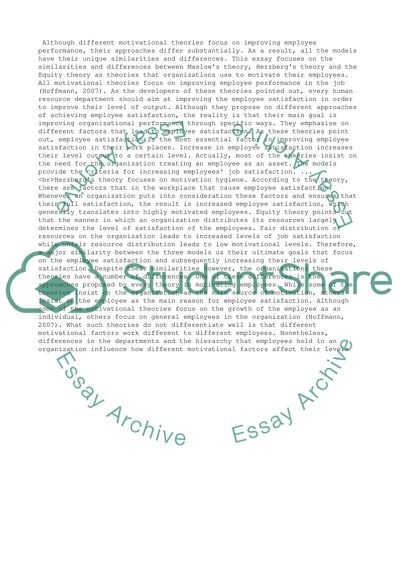Cite this document
(“Motivation Essay Example | Topics and Well Written Essays - 1000 words - 1”, n.d.)
Retrieved from https://studentshare.org/management/1484674-motivation
Retrieved from https://studentshare.org/management/1484674-motivation
(Motivation Essay Example | Topics and Well Written Essays - 1000 Words - 1)
https://studentshare.org/management/1484674-motivation.
https://studentshare.org/management/1484674-motivation.
“Motivation Essay Example | Topics and Well Written Essays - 1000 Words - 1”, n.d. https://studentshare.org/management/1484674-motivation.


